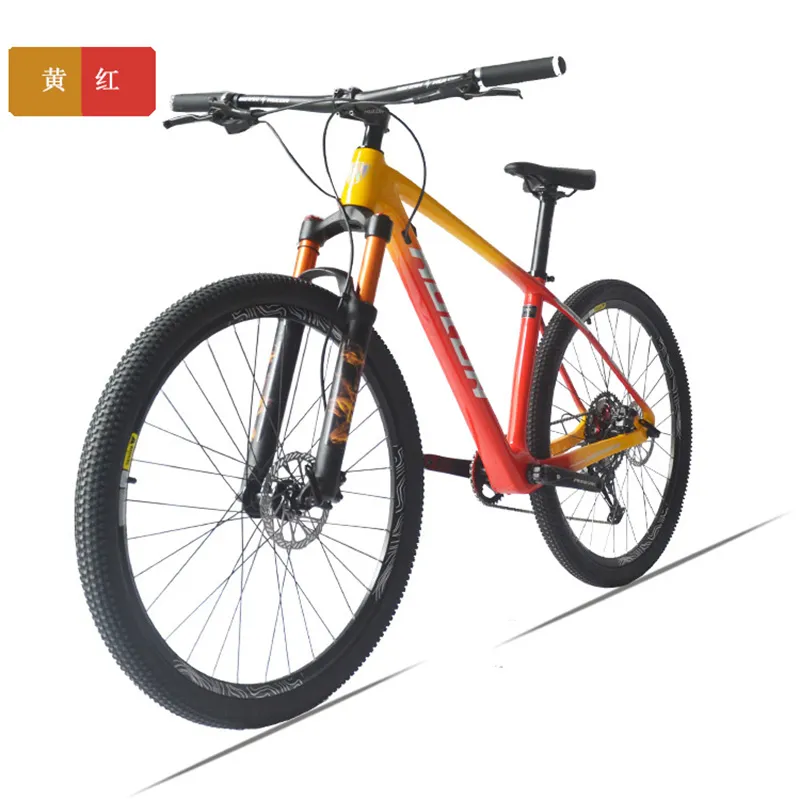
- Afrikaans
- Albanian
- Amharic
- Arabic
- Armenian
- Azerbaijani
- Basque
- Belarusian
- Bengali
- Bosnian
- Bulgarian
- Catalan
- Cebuano
- Corsican
- Croatian
- Czech
- Danish
- Dutch
- English
- Esperanto
- Estonian
- Finnish
- French
- Frisian
- Galician
- Georgian
- German
- Greek
- Gujarati
- Haitian Creole
- hausa
- hawaiian
- Hebrew
- Hindi
- Miao
- Hungarian
- Icelandic
- igbo
- Indonesian
- irish
- Italian
- Japanese
- Javanese
- Kannada
- kazakh
- Khmer
- Rwandese
- Korean
- Kurdish
- Kyrgyz
- Lao
- Latin
- Latvian
- Lithuanian
- Luxembourgish
- Macedonian
- Malgashi
- Malay
- Malayalam
- Maltese
- Maori
- Marathi
- Mongolian
- Myanmar
- Nepali
- Norwegian
- Norwegian
- Occitan
- Pashto
- Persian
- Polish
- Portuguese
- Punjabi
- Romanian
- Russian
- Samoan
- Scottish Gaelic
- Serbian
- Sesotho
- Shona
- Sindhi
- Sinhala
- Slovak
- Slovenian
- Somali
- Spanish
- Sundanese
- Swahili
- Swedish
- Tagalog
- Tajik
- Tamil
- Tatar
- Telugu
- Thai
- Turkish
- Turkmen
- Ukrainian
- Urdu
- Uighur
- Uzbek
- Vietnamese
- Welsh
- Bantu
- Yiddish
- Yoruba
- Zulu
Dec . 09, 2024 18:03 Back to list
How to Properly Adjust a Mountain Bike Derailleur for Optimal Performance
Adjusting a Derailleur on a Mountain Bike
When it comes to mountain biking, ensuring that your bike operates smoothly is vital for performance and safety. One of the most critical components that can impact your ride is the derailleur. The derailleur is responsible for shifting the chain between gears, allowing for smooth transitions and optimal power output. However, over time, it can become misaligned or require adjustments. This article will guide you through the essential steps to adjust a derailleur on a mountain bike.
Understanding the Derailleur
Before diving into the adjustments, it's crucial to understand the two main types of derailleurs the front derailleur and the rear derailleur. The front derailleur shifts the chain between the front chainrings, while the rear derailleur moves the chain across the rear cassette's gear range. Adjustments will typically focus on the rear derailleur, as it is more commonly associated with shifting issues.
Tools Needed
To adjust your derailleur, you'll need a few basic tools - A Phillips screwdriver - A 5mm Allen wrench - A chain checker (optional but helpful) - Lubricant
Step-by-Step Adjustment
1. Inspect the Derailleur Before making any adjustments, inspect the derailleur for any visible damage or dirt. Clean it thoroughly, and ensure that the chain is well-lubricated.
adjusting a derailleur on a mountain bike

2. Check Cable Tension Start by shifting to the smallest rear cog (gear) and the largest front chainring. Examine the rear derailleur to see if the cable tension is adequate. If the derailleur does not move when you shift, the cable may need tightening. To adjust, locate the barrel adjuster, which is usually where the cable enters the derailleur. Turn it clockwise to increase tension or counterclockwise to decrease it.
3. Limit Screws Adjustment The rear derailleur has two limit screws, marked as 'H' (high) and 'L' (low). The 'H' screw controls how far the derailleur can shift towards the smallest cog, while the 'L' screw limits movement towards the largest cog. To adjust these - Shift to the smallest cog and adjust the 'H' screw until the derailleur aligns perfectly with the cog. - Shift to the largest cog and adjust the 'L' screw in the same manner.
4. B-Screw Tension The B-screw adjusts the angle of the derailleur in relation to the cassette. It determines how close the derailleur is to the cogs, which can affect shifting and performance. Adjust the B-screw so that there is a narrow gap (about 3mm) between the top pulley of the derailleur and the largest cog.
5. Test Shifting With adjustments completed, test the shifting by cycling through all gears. Pay attention to how quickly and accurately the derailleur shifts. If it struggles to change gears, revisit the cable tension and limit screw adjustments.
6. Final Touches Once satisfied with the shifting, secure all cables and housing. Ensure everything is tight and inspect the frame and components for any additional maintenance needs.
Conclusion
Adjusting a derailleur on a mountain bike can seem daunting, but with some patience and the right tools, it becomes quite manageable. Regular maintenance and adjustment not only improve your riding experience but can also prolong the life of your bike components. Remember that practice makes perfect, and soon you'll be able to perform these adjustments with confidence before every ride. Happy biking!
-
The Ultimate Kids' Four-Wheeler Experience
NewsJul.09,2025
-
The Ultimate Guide to Mountain Bikes: Gear Up for Your Ride
NewsJul.09,2025
-
The New Age of Cycling: Electric Bikes for Every Rider
NewsJul.09,2025
-
The Best Kids Bicycles: Ride in Style and Safety
NewsJul.09,2025
-
The Best 3-Wheel Scooters for Kids: Fun, Safety, and Adventure
NewsJul.09,2025
-
Revolutionize Your Ride: Affordable Electric Bikes
NewsJul.09,2025
-
Finding the Perfect Mountain Bike for Every Rider
NewsJul.09,2025



